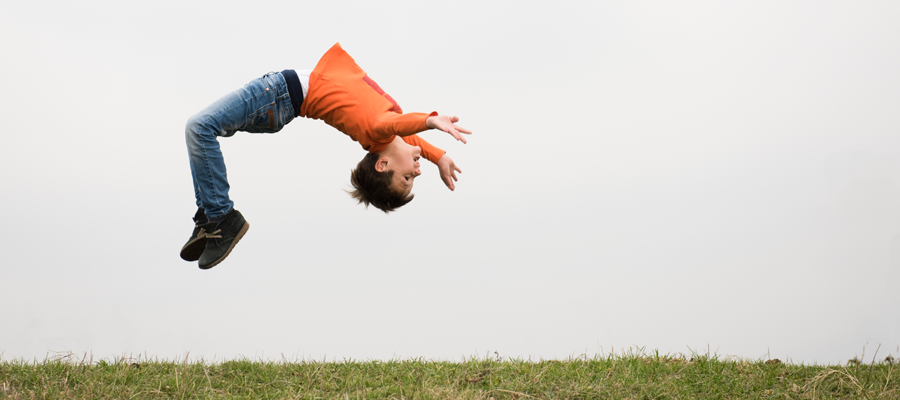
The ultimate goal of a flipped classroom is to maximize the time allotted for engaged learning when the instructor is present to guide and provide real-time feedback. In this active learning approach, learners independently view pre-recorded lectures online or read assigned readings prior to class, allowing for class time to be utilized for clarification of concepts, interaction with peers and instructors, and active engagement in carefully planned and crafted assignments that allow for the application of concepts and skills development. This differs from traditional, more passive pedagogical approaches where the class session is primarily devoted to the presentation of course content through lecturing and PowerPoint presentation with minimal time allotted to application and skills acquisition while application of content occurs through homework and other assignments outside of class time.

From the University of Michigan, Center for Research on Learning and Teaching
Tips on How to Flip a Class
1. Flipping an entire semester of class sessions can be labor-intensive and overwhelming. Consider selecting a few class sessions to start and add more in subsequent semesters. To help narrow down your selection, consider starting to flip class sessions in which:
a. learners struggle with course concepts and material the most
b. you frequently struggle to get through all the material by the end of class time
c. you think that learners would benefit most from more direct guidance from you and/or your TA
2. Decide what material learners will be responsible for prior to class session and post it on your Canvas course site. You may assign readings such as textbook chapters, articles, reports, websites or online video/audio such as pre-recorded lectures, podcasts, videos, simulations, demonstrations, etc. Learners will process the material at their own pace and will have a basic understanding of the content. Set the norm early on that you expect them to bring questions to class. This helps shift the nature of the relationship with peers and instructors. Instead of coming to class to passively listen, learners come to class to interact, learn from peers, and ask questions of the instructor. Keep in mind these key principles when assigning pre-class materials:
a. plan a low-stakes accountability check for pre-class work; this can be a brief quiz to assure that learners have read/viewed the pre-class material and have a basic understanding of the content; grading can be Satisfactory/Unsatisfactory
b. the assigned material must align with the in-class assignment or project that is designed to apply the concepts from the class materials; this active learning component is the key characteristic of a flipped-classroom approach as it facilitates engagement of learners with each other as well as with the instructor during face-to-face time allowing for skill-building and a deeper mastery of the material
c. instructors can follow up on Canvas with a post-class session review or with a secondary assignment where learners work to extend what they have learned in an individual assignment or by participating in an online discussion.
3. If you plan to pre-record lectures, make sure to plan ahead as these can take time and requires a learning curve depending on your experience. Visit the Lectures and Video webpage for information on creating video lectures. Choose a tool to record your lecture and a place to store class videos. At the Rollins School of Public Health, instructors have access to both Studio in Canvas and Panopto to record and store their lectures. (See the webpage Technology for Learning Activities which links instructors to detailed support pages needed to record, save, and post a lecture)
Resources

